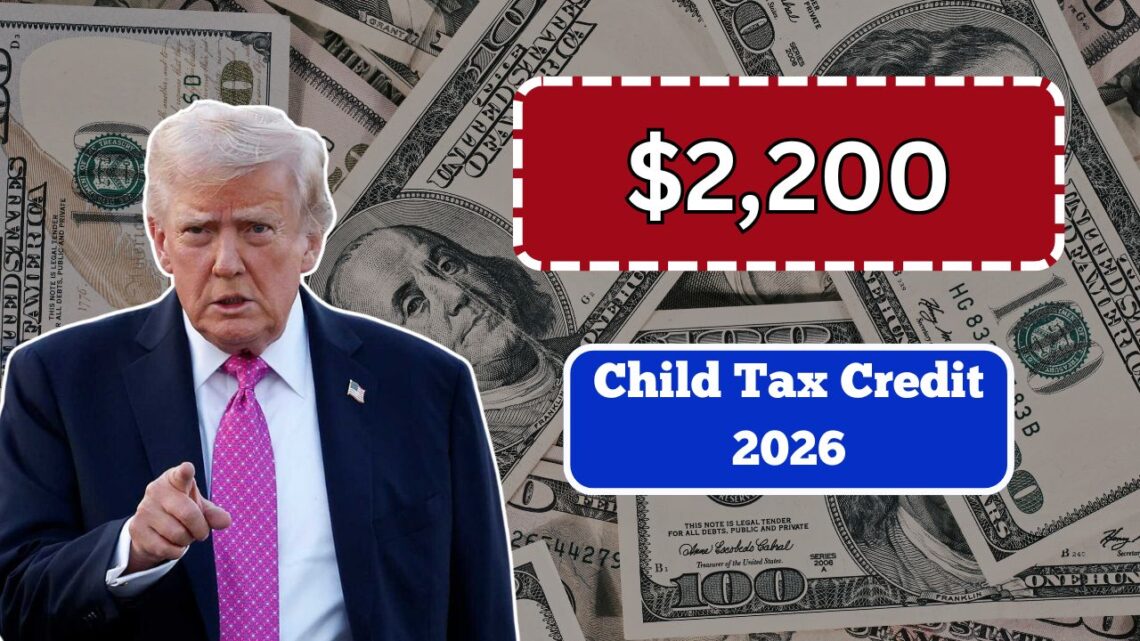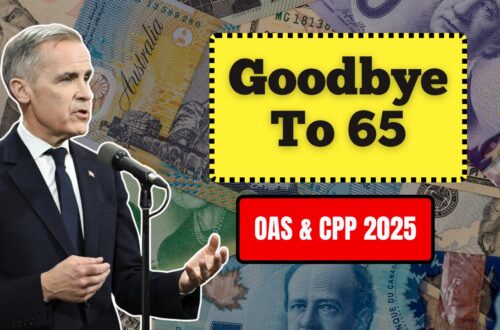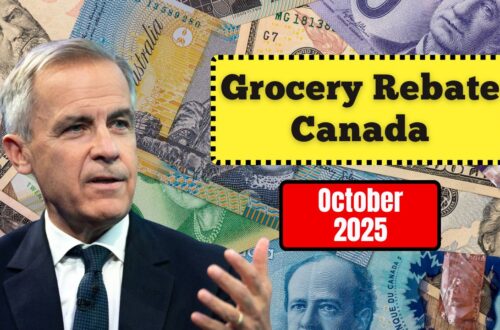Tax time can feel confusing, but the new Child Tax Credit changes for 2026 aim to bring relief and clarity. Thanks to the law passed in 2025, many families will now get $2,200 per child in credit — with part of it refundable.
In this article, you will learn who qualifies, how the rules have changed, and what it means for your family’s taxes. Let’s break it down simply.
The Refundable Portion vs. Standard Credit
There are two parts to understand:
| Feature | Standard Child Tax Credit | Refundable Portion (Additional Credit) |
|---|---|---|
| Amount | Up to $2,200 per child | Up to $1,700 (may be refundable) |
| Indexed to inflation | Yes | Yes (already indexed) |
| Applies even if you don’t owe tax | Only the refundable portion | Yes |
| Phase-out rules | Based on income | Same phase-out applies |
The refundable portion allows families who don’t owe taxes to still receive some credit as a refund. That part was already indexed to inflation, so it will grow along with the main credit.
Who Can Claim the Credit?
To claim the Child Tax Credit for 2026, each child must meet all these criteria:
- Be under 17 years old by year end.
- Be your son, daughter, foster child, sibling, step-sibling, or descendant (like a niece or nephew).
- Not provide over half of their own support during the year.
- Live with you for more than half the year.
- Be claimed as your dependent on your tax return.
- Not file a joint return (unless only to claim a refund).
- Be a U.S. citizen, U.S. national, or U.S. resident alien.
- Have a Social Security Number (SSN) valid for employment, issued before the tax-return deadline (including extensions).
In addition, your income may affect how much credit you can claim.
Income Limits & Phase-Outs
OBBBA kept the old phase-out thresholds from the Tax Cuts and Jobs Act:
- $200,000 for single filers or head of household
- $400,000 for married filing jointly
If your modified adjusted gross income (MAGI) exceeds those limits, your credit reduces by $50 for every $1,000 beyond the threshold. These thresholds are not indexed to inflation (unless changed by future laws).
So, even if the credit amount adjusts upward, high-income earners may still see reductions because of the fixed phase-out limits.
What This Means for Families
- Many more families will be able to benefit, including some who don’t normally file taxes.
- The inflation adjustment helps maintain the credit’s purchasing power.
- Families should check carefully if they are near the income thresholds, because they may get less credit.
- Make sure your child qualifies under all rules above (SSN, age, residency, relationship, etc.).
The 2026 Child Tax Credit brings major improvements. The credit is now $2,200 per child, with up to $1,700 refundable, and it will be adjusted for inflation every year. These changes will help many families hold onto more of their money even as prices rise.
While income limits can reduce the benefit for some, this law ensures greater stability and support for parents. Remember to check whether your child meets all the qualifying rules and where your income falls in the phase-out range. With these steps, you can make the most of the credit and plan better for your tax return.
FAQs
Can I claim the credit if I don’t owe any tax?
Yes — the refundable portion (up to $1,700) means you can still get money back even if your taxes owed are zero.
Will the $2,200 credit always stay the same?
No — it will go up (or down) with inflation each year starting 2026.
What if my income is very high?
If your income is over $200,000 (or $400,000 joint), your credit begins to phase out — reduced by $50 per $1,000 above those limits.









